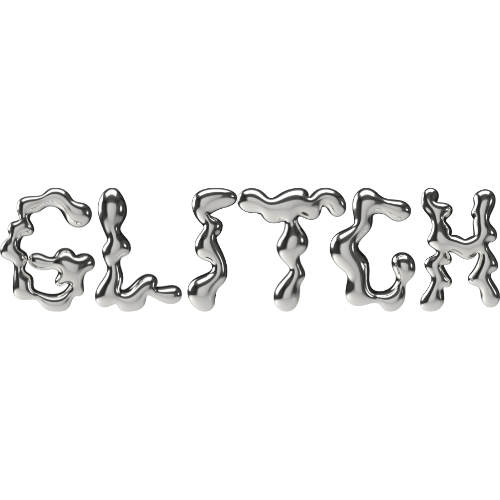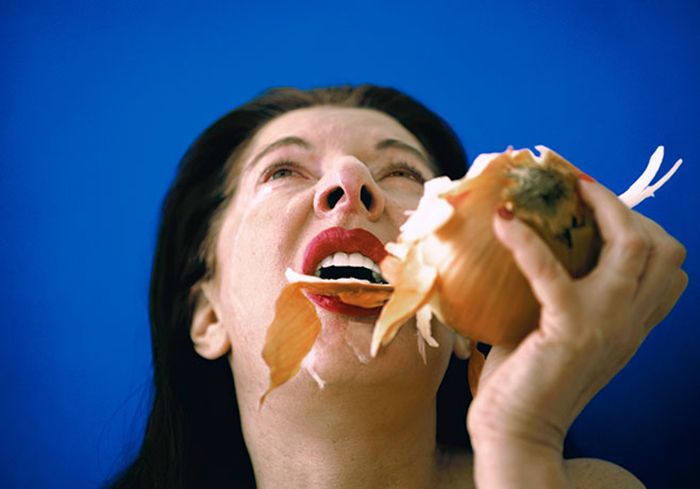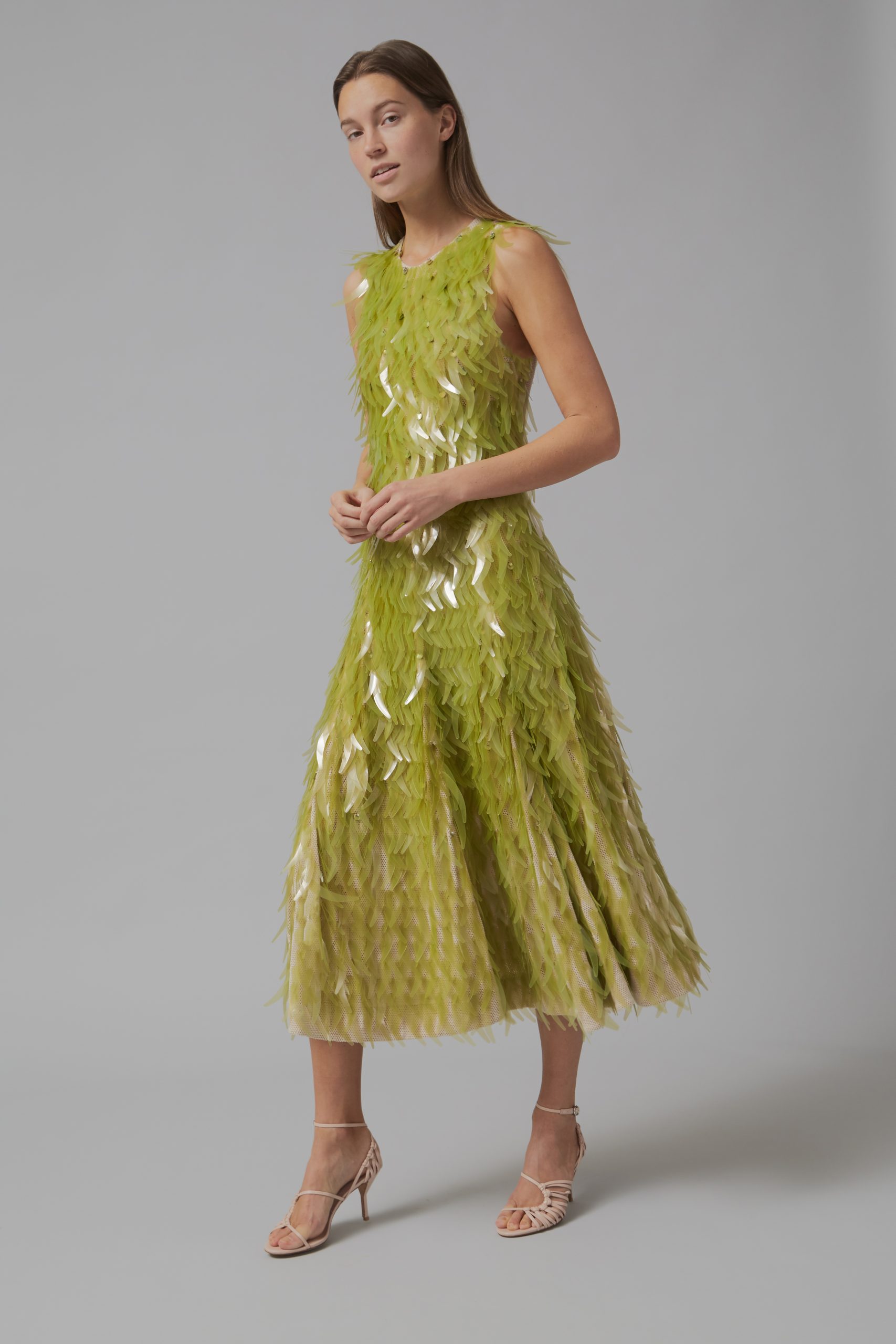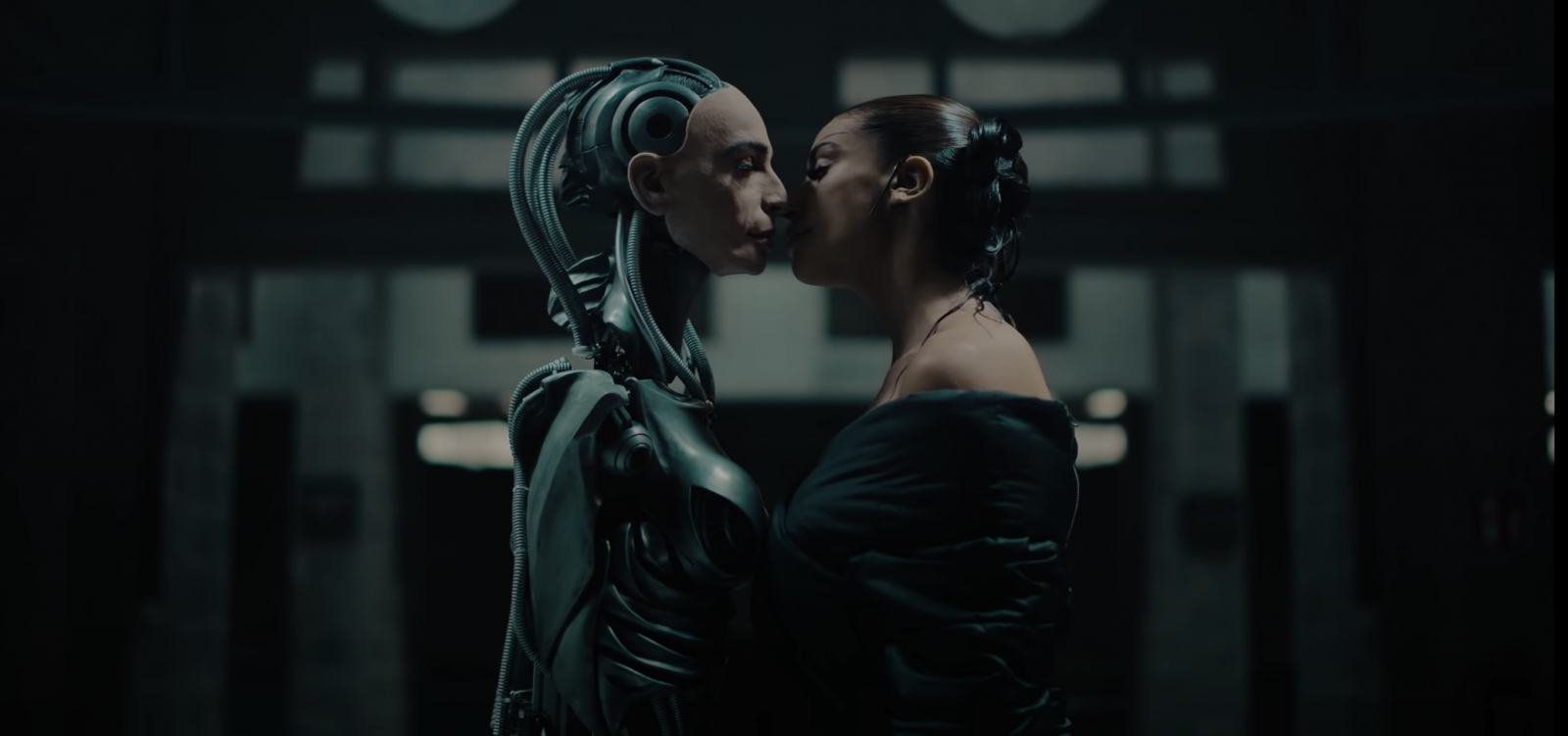From September until January, The Royal Academy of Art London is hosting an exhibition dedicated to Marina Abramovic- a “brave artist who has turned her life into a relentless performance”. In action three years and two postponements after it was first announced, the exhibition feels like a long time coming for insiders in the industry and artistic enthusiasts, and likely also for Marina herself who is now nearing her 80s. Marina’s work has constantly tested the limits of both her body and mind, and for this reason her artistic career, despite spanning half a century, has been consistently charged, piercing and inflammatory. It is for all this controversy and outspokenness that she has become so acclaimed in the creative field, and Londoners are now visiting the interesting attempt by the Royal Academy to gallery her life’s work in action – “no two visits will be the same”.
It was just earlier this year, in June, that at the age of 76 Marina had a close encounter with death, suffering a pulmonary embolism that required 3 operations and 10 transfusions. The exhibition is therefore timely, as Maria reflects on the challenges of her career, that required her to build a resilience with regards to both mental and physical health.
Her performances will be archived through images, installations, photos, video footage, props, and most crucially a group of performance artists who have been rallied to recreate her pieces. This decision of reinterpretation has however been a sensitivity, as the nature of performance art is supposed to retain a certain individualism. Marina told Art Net “I don’t want them to replicate my work. The source has to be mentioned, but the interpretation is personal. You have to have your own experience as an artist, your own stamina, your charisma, and also add some new elements of your own.”
The notion of re-performance unfortunately invites criticism of casting choices and the talent of the artists in play, but frankly it is the repetition itself that means the creations will never hit as hard as their original. Marina’s work was often acutely cognizant of the mood of the times and the politics of her surroundings – her punch was rooted in a specific moment, and this impact on fresh eyes is likely impossible to recreate. Notably, only 3 artists out of the cast of 42 have been entrusted with reinterpreting Abramovic’s The House With The Open View – perhaps one of the most chilling long form performances of Abramovic that saw her spend time in a boxed room, without speaking or drinking, and deterred from leaving by ladders made from knives.
The exhibition will showcase props from Abramovic’s first signature piece – Rhythm 0- a piece that revealed haunting truths about human tendency and ingrained misogyny. The piece allowed the audience to use tools on Marina’s naked body as they desired. The initially passive onlookers quickly became violent, sadistics and shockingly power hungry. Marina ended the piece beaten and bruised, her skin and clothes cut and scratched, having been taunted by knives between her legs, and labeled with a piece of paper that denoted her “VILE”. The audience were left ogling and laughing. Arguably this is one of Marina’s most pertinent performances, that has left us questioning today why we still cannot trust people who are given limitless power.
Imponderabilia – a work that sees the audience asked to squeeze through two live naked bodies, and questions our feelings of intimacy, uncomfortableness, has also been restaged.
Meanwhile, works such as The Artist Is Present – which saw Marina having stare offs with the public for six hours a day across three months – has been reinterpreted into a video format. Her 1997 award winning performance at the Venice Biennale – where she scrubbed a large pile of bloodied cow bones clean in a statement about ethnic conflict in Yugoslavia – has been refashioned into a static showing. The cowbones sit still in a blank room of the exhibition. Such reinterpretations, frozen and mounted like artwork, haven’t seemed to warrant as positive a response as the reperformances – separated from their context and from Marina’s personal passion, they don’t seem to incite quite the same sentiment,
It is for this reason that the exhibition has stirred many questions about whether performance art can be successfully archived like other art forms, or if it will forever be rooted in the moment of its inception. Perhaps this is the specialty of this art form – its uniqueness and inability to stand separate from its point of creation?
At the same time, there seems to be a cathartic element to performance art that Marina is very aware of – “I’m your mirror,” she said. “If I can do this, you can do it too in your own life.” In this essence, perhaps if the exhibition only nods to the original work of Marina Abramovic, it is still markedly powerful.
Written by Hebe Street from GLITCH Magazine





